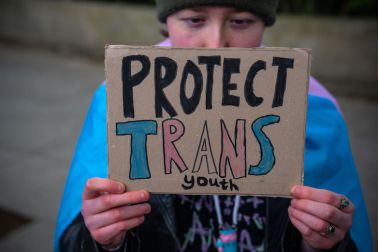There is an old Arab saying, ‘among the one-eyed close one eye’ (when in Rome…), a saw which seems particularly appropriate for Hugh Miles’s second book, set in and around the City of a Thousand Minarets. Novel or travelogue? — the reader sometimes wonders which, with a narrative too close-up and personal for the average travel (residence) book. But whatever the ratio of fact to fiction, this book has the feeling of a novel — and a good one at that. Jane Austen’s definition springs to mind: ‘The happiest delineation of the varieties of human nature, the liveliest effusions of wit and humour, conveyed in the best-chosen language.’
Like the Arabists of the past — Burckhardt, Ali Bey, Sir Richard Burton, Lady Stanhope — Miles makes it his business to use language to arrive at the heart of the Islamic maze. Cairo’s earthiness provides a perfect backdrop: cosmopolitan, labyrinthine, protean, with no end of surprises. Forget the tourist cliché (neatly dismembered in half a dozen lines); what about the two million Copts, the country’s largest minority, and Christian to boot? Or armies of displaced persons from the war-torn south, shopping malls for Gulf nationals escaping Arabian summers, secret raves for disillusioned Middle Eastern youth? This is a true megalopolis, a complex, dozing giant whose bizarre contours frame the desperate, heart-rending stories at its centre.
In the middle of the maze sit the card players, half a dozen young female Cairenes, who meet in a rented flat to elude reality for a few precious hours. Beyond the front door lies Muwazafeen (literally ‘City of Government Employees’), the middle-class suburb that provides a perfect metaphor for Egypt as a whole: modern yet medieval, comfortably off and also desperately poor.







Comments
Join the debate for just £1 a month
Be part of the conversation with other Spectator readers by getting your first three months for £3.
UNLOCK ACCESS Just £1 a monthAlready a subscriber? Log in